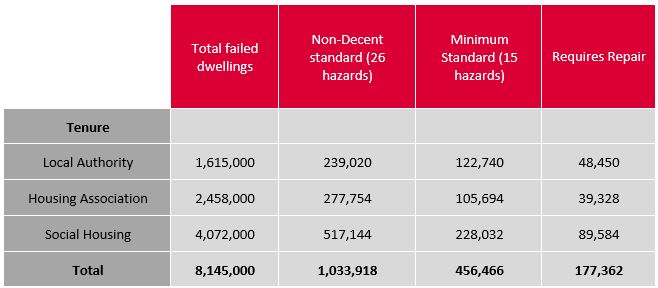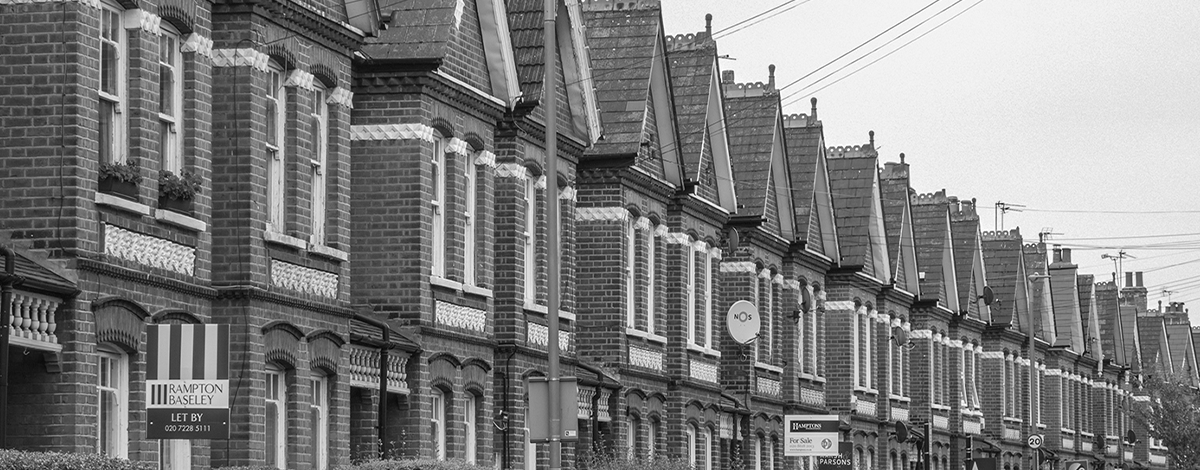Here at MLA, we offer expert housing disrepair services across the UK. These services include:
- Triage
- Housing Disrepair Reporting
- Medical Reporting (for illness caused by housing disrepair)
In our latest MLA blog, we break down all you need to know about housing disrepair and its associated services.
Over a recent period, there has been an increased demand for housing disrepair services. This could be due to several reasons, such as:
- Government cuts have led to severe underfunding in the social sector
- There are over 4 million council/housing association homes in the country
- Due to underfunding, there are serious issues with disrepair, leading to properties that are unable to be maintained
- The most common type of disrepair is damp or mould
- For a claim to be successful, the disrepair in the property has to arise from a structural defect and the cost of repair to rectify the disrepair needs to exceed £1000
The Homes (Fitness for Human Habitation) Act 2018 received royal assent on 20th March 2018 and came into force on 20th March 2019.
Obligations for landlords will see significant changes, which could, in turn, see a huge increase in further claims if a property is deemed unfit for human habitation.
This update overwrites section 8 of the Landlord and Tenant Act 1985, which stated that a landlord has to let properties that are ‘fit for human habitation’. It must be acknowledged that this applied to properties within a specified rental threshold.
Section 9A removes this rental threshold and decrees a contract to the landlord that the proposed property (previously solely referred to as a ‘house’) is fit for human habitation at the start of the lease and is maintained to the same standard throughout the agreed lease term.
Condensation related issues would be deemed actionable disrepair; (at present, condensation related issues in properties cannot be pursued, with the biggest closure reason is that issues are condensation rather than structural issues).
Although the Act came into force on 20th March 2019, landlords have until 20th March 2020 to become fully compliant with legislation changes. After 20th March 2020, tenants can seek redress.
There are many determining factors to consider when assessing whether a claim is fit for human habitation, according to section 10 of the 1985 Act. The salient (not exhaustive) points are:
- Repair
- Stability
- Whether damp is present (NB have regard to whether a dwelling has had cavity wall insulation)
- Internal arrangement in respect of occupancy
- Natural lighting, i.e. are any of the windows boarded up or does the property have windows?
- Ventilation
- Water supply
- Drainage and sanitary conveniences
- The working state of facilities for preparation and cooking of food and disposal of wastewater; and concerning a dwelling in England, any prescribed hazard.
If a landlord fails to maintain a property that is fit for human habitation, the Act will allow tenants to take action against their landlord if their home or the building contains a hazard that presents a risk to their health or wellbeing. As a result, it is expected to contribute towards the increase in claims against them.
Size of the market
In its 2018 annual report, the MOJ state that there had an increase of over a 100% increase in reported revenue from housing disrepair claims in the previous 12 months (£0.7m to £1.5m).
This coincided with an increase in housing disrepair reports from local authorities and social landlords.
The government statistics on the number of homes that fail the ‘decent home criteria’ for 2017 are:

|
Total failed dwellings |
Non-Decent standard (26 hazards) |
Minimum Standard (15 hazards) |
Requires Repair |
|
|
Tenure |
||||
|
Local Authority |
1,615,000 |
239,020 |
122,740 |
48,450 |
|
Housing Association |
2,458,000 |
277,754 |
105,694 |
39,328 |
|
Social Housing |
4,072,000 |
517,144 |
228,032 |
89,584 |
|
Total |
8,145,000 |
1,033,918 |
456,466 |
177,362 |
For more information on our housing disrepair services, call 03330 150 213 or click here.

